Who is Kate Rubins? Nasa astronaut ready for first journey into space
Former virologist will attempt to carry out DNA sequencing onboard the International Space Station
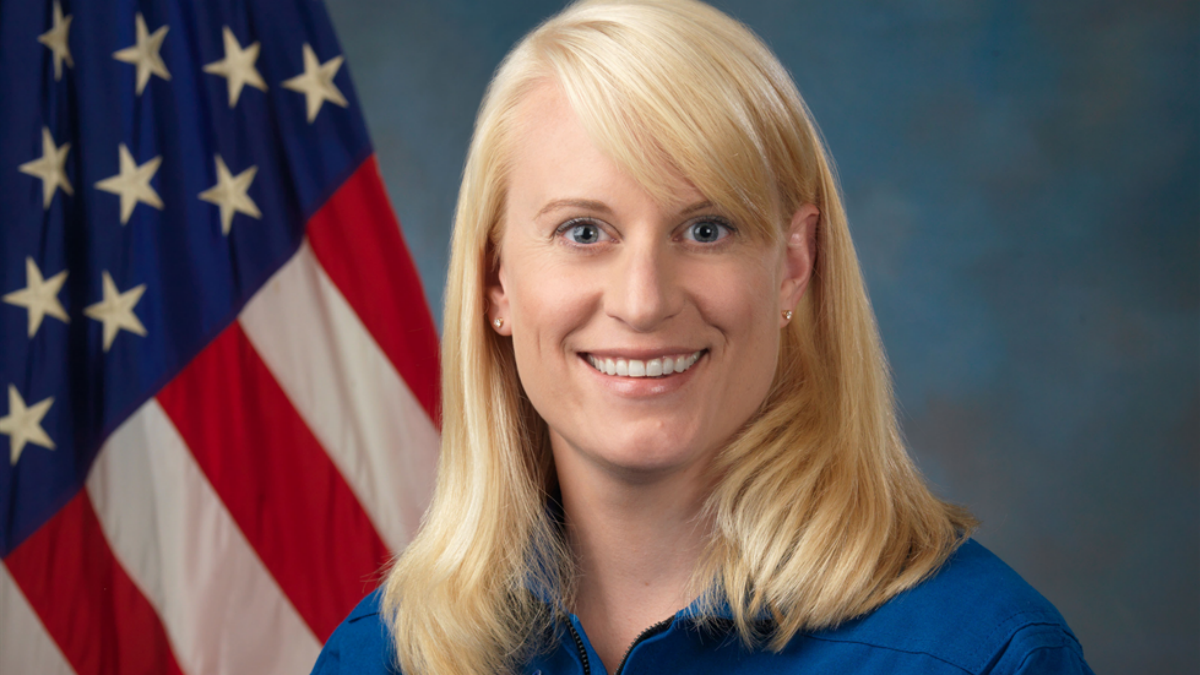
Nasa astronaut Kathleen "Kate" Rubins is making final preparations for her first ever journey into space for a four-month stint in orbit on the International Space Station (ISS).
On 24 June, she and her two fellow mission members, Russian cosmonaut Anatoly Ivanishin and Japan's Takuya Onishi, will blast off from the Baikonur Cosmodrome in Kazakhstan in a Russian Soyuz spacecraft as part of Expedition 48/49.
Part of their research on the ISS will focus on DNA and they are hoping to carry out genetic sequencing in space.
The Week
Escape your echo chamber. Get the facts behind the news, plus analysis from multiple perspectives.

Sign up for The Week's Free Newsletters
From our morning news briefing to a weekly Good News Newsletter, get the best of The Week delivered directly to your inbox.
From our morning news briefing to a weekly Good News Newsletter, get the best of The Week delivered directly to your inbox.
"Sequencing DNA on the ISS will enable Nasa to see what happens to genetic material in space in real time, rather than looking at a snapshot of DNA before launch and another snapshot of DNA after launch and filling in the blanks," Rubins told Scientific American.
Rubins, Ivanishin and Onishi are scheduled to return to Earth on 30 October, after four months aboard the space station.
Born in Connecticut, Rubins grew up in Napa, California, and studied molecular biology at the University of California. After further studies at Stanford, she joined the US Army Medical Research Institute of Infectious Diseases and the Centers for Disease Control and Prevention, where she helped develop the first model of smallpox infection.
Following this, she headed the Rubins Lab at the Whitehead Institute for Biomedical Research, where she and 14 researchers studied viral diseases affecting Central and West Africa. She was recruited into Nasa's 20th class of potential astronauts in 2009.
A free daily email with the biggest news stories of the day – and the best features from TheWeek.com
In 2013, she told Nature magazine that space travel was one of those "childhood dreams" of which she couldn't let go.
"I thought that Nasa didn't take biologists and so nothing would come of it," she said. "But I knew I would regret it if I did not apply."
According to her Nasa profile, Rubins enjoys "cycling, swimming, flying, scuba diving and reading", as well as parachuting alongside her husband, Michael Magnani.
-
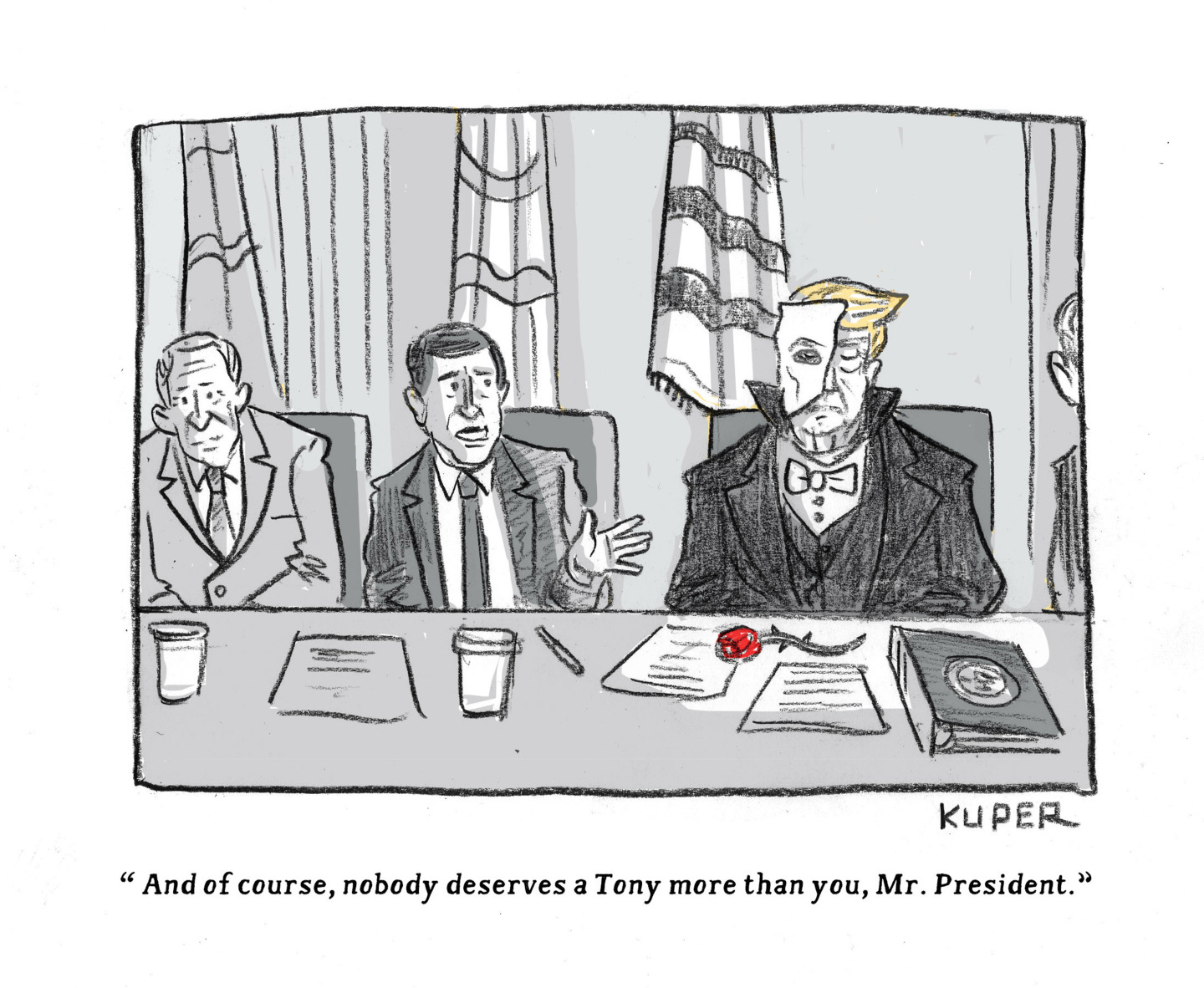 5 prize-winning cartoons about Donald Trump's appetite for awards
5 prize-winning cartoons about Donald Trump's appetite for awardsCartoons Artists take on operatic ambitions, peace prize pacifiers, and more
-
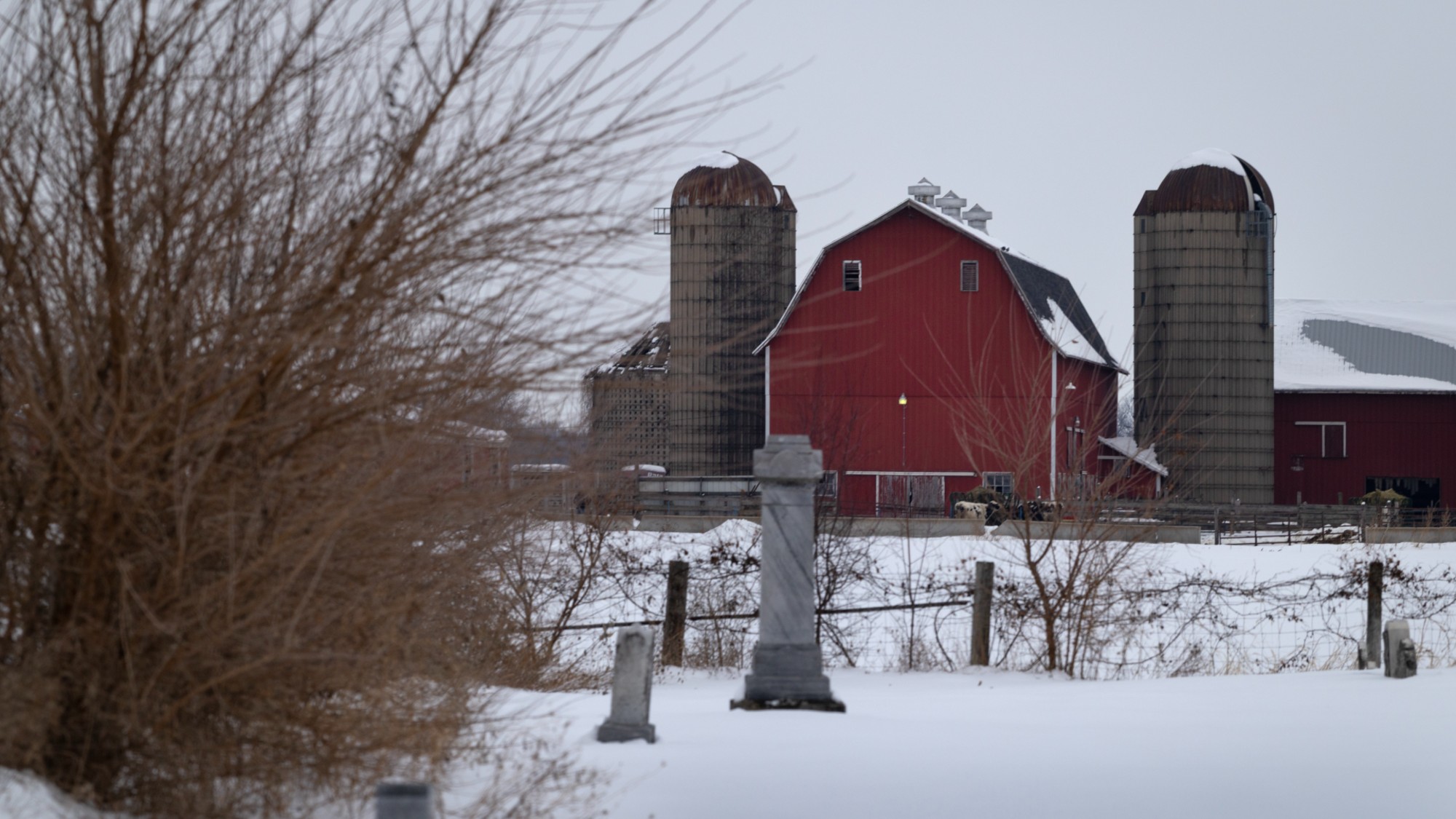 Will Trump’s $12 billion bailout solve the farm crisis?
Will Trump’s $12 billion bailout solve the farm crisis?Today’s Big Question Agriculture sector says it wants trade, not aid
-
 ‘City leaders must recognize its residents as part of its lifeblood’
‘City leaders must recognize its residents as part of its lifeblood’Instant Opinion Opinion, comment and editorials of the day
-
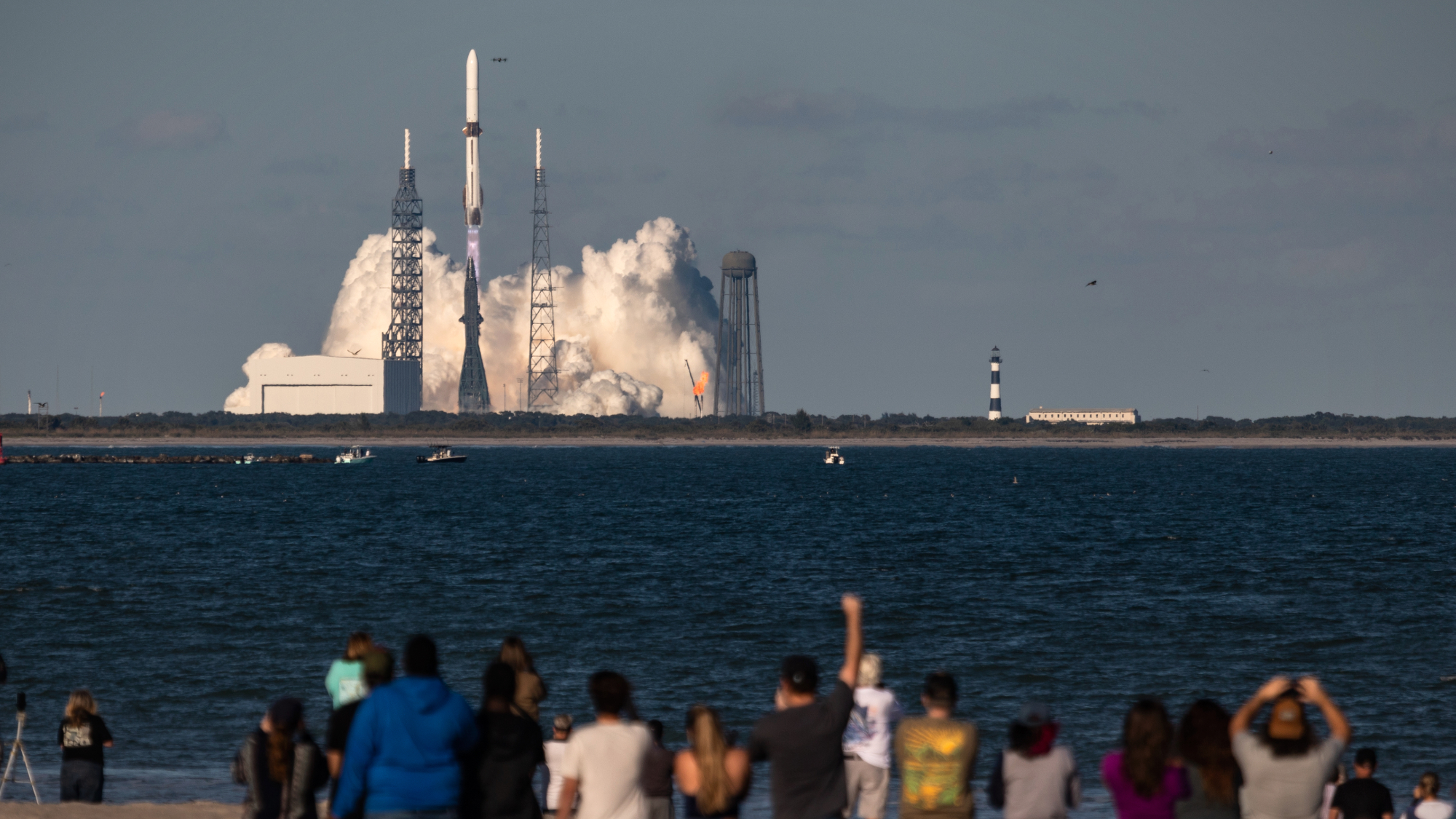 Blue Origin launches Mars probes in NASA debut
Blue Origin launches Mars probes in NASA debutSpeed Read The New Glenn rocket is carrying small twin spacecraft toward Mars as part of NASA’s Escapade mission
-
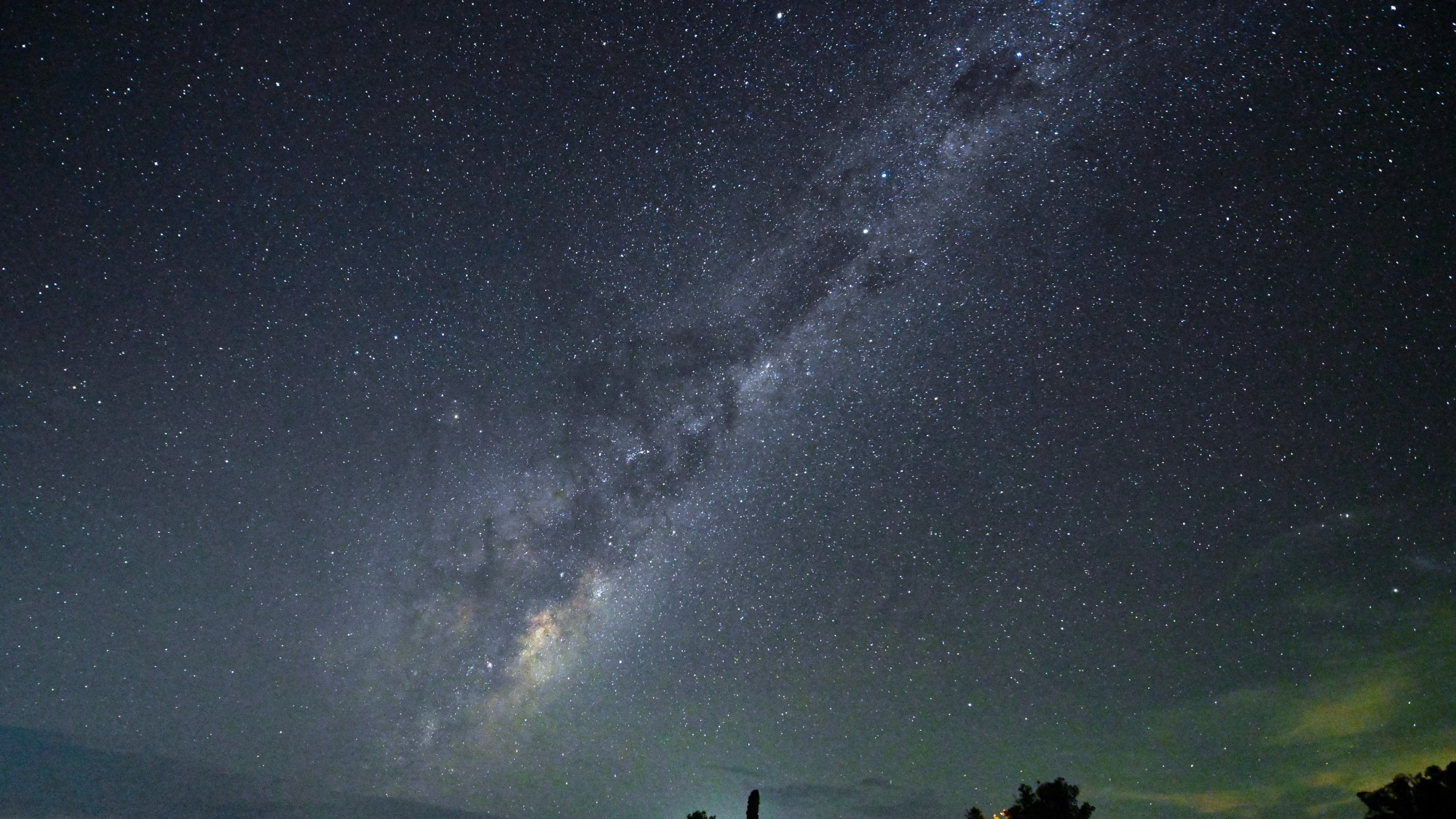 ‘The Big Crunch’: why science is divided over the future of the universe
‘The Big Crunch’: why science is divided over the future of the universeThe Explainer New study upends the prevailing theory about dark matter and says it is weakening
-
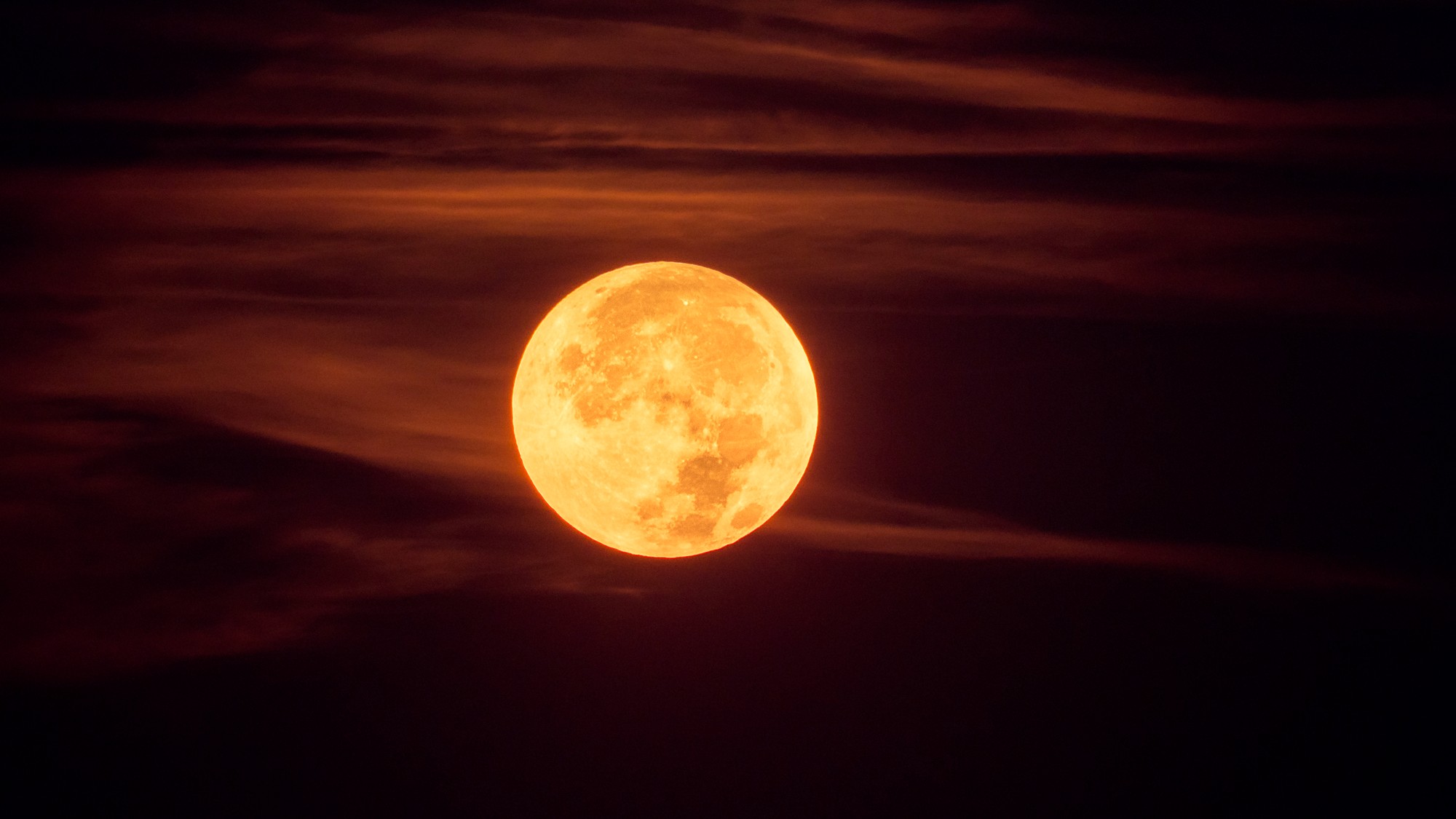 The moon is rusting
The moon is rustingUnder the radar The Earth is likely to blame
-
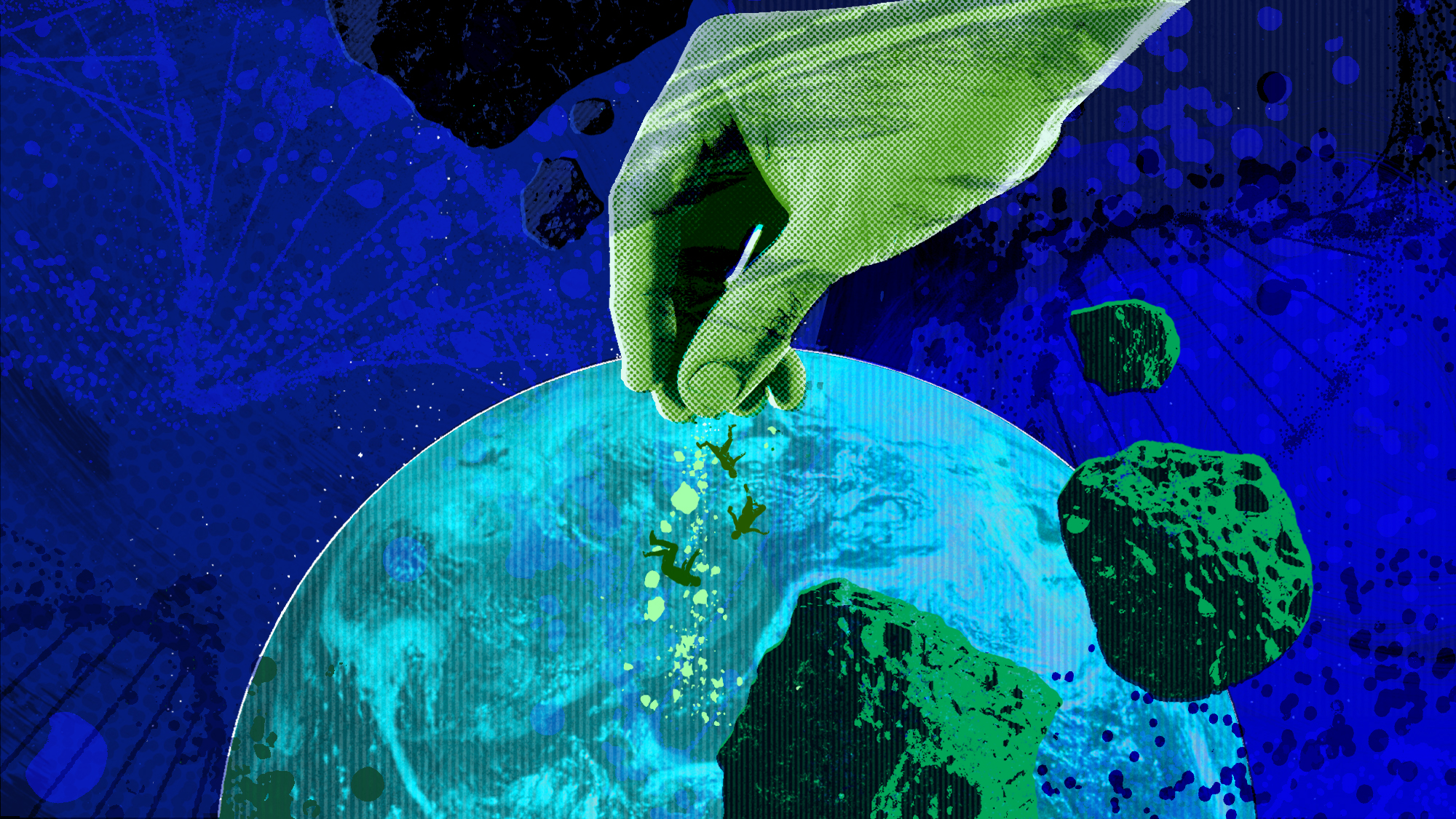 Panspermia: the theory that life was sent to Earth by aliens
Panspermia: the theory that life was sent to Earth by aliensUnder The Radar New findings have resurfaced an old, controversial idea
-
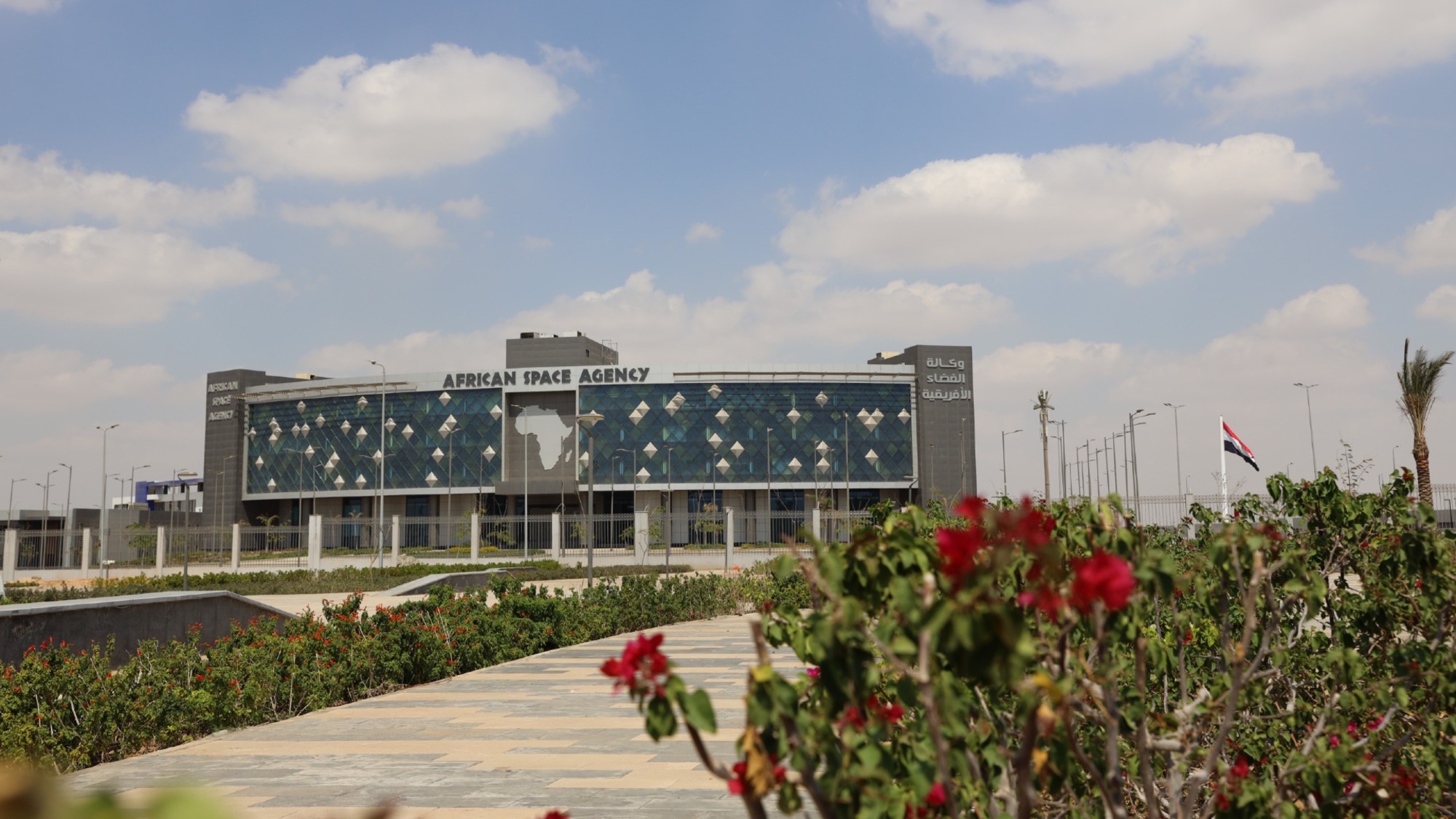 Africa could become the next frontier for space programs
Africa could become the next frontier for space programsThe Explainer China and the US are both working on space applications for Africa
-
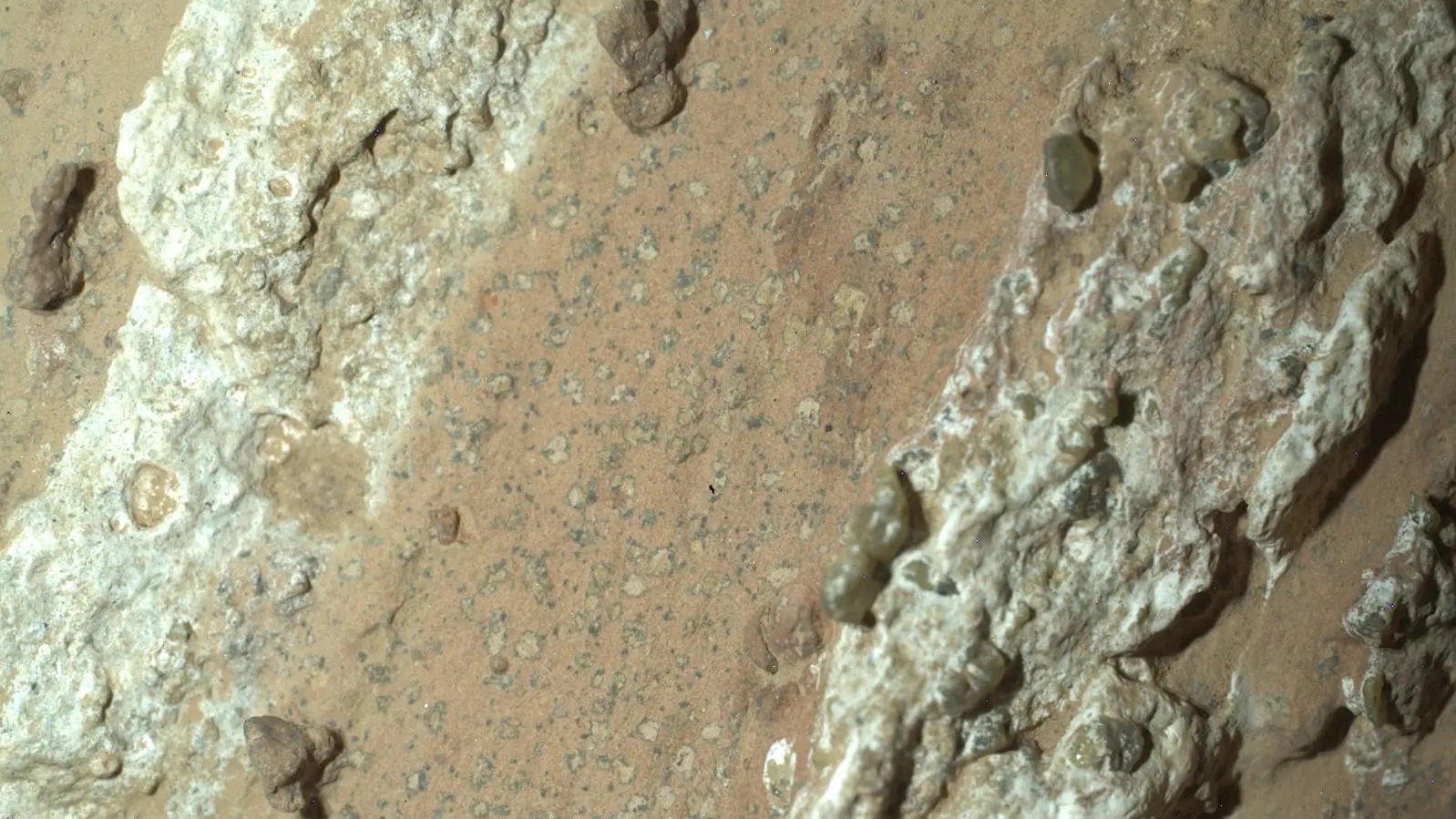 NASA reveals ‘clearest sign of life’ on Mars yet
NASA reveals ‘clearest sign of life’ on Mars yetSpeed Read The evidence came in the form of a rock sample collected on the planet
-
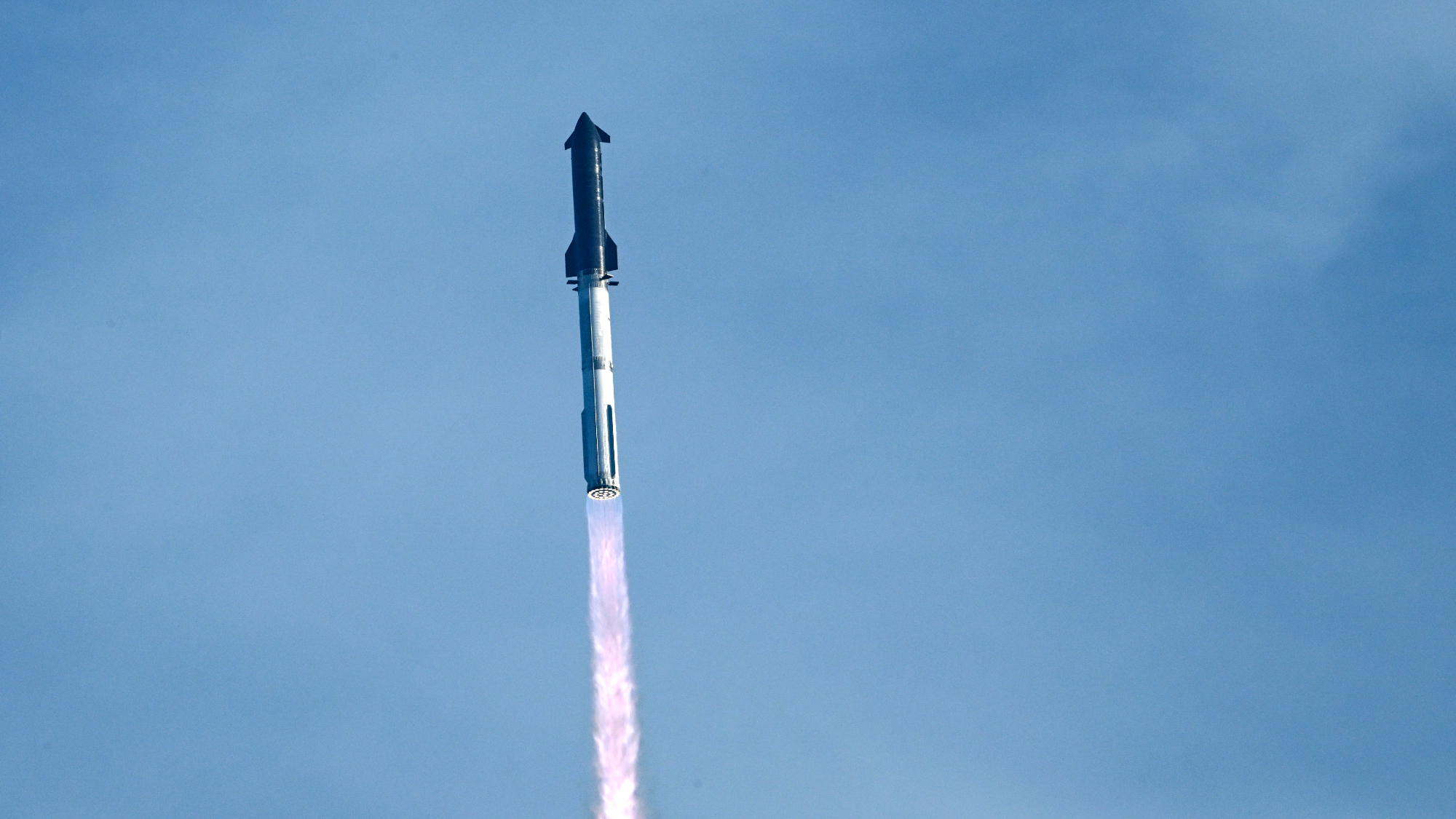 SpaceX breaks Starship losing streak in 10th test
SpaceX breaks Starship losing streak in 10th testspeed read The Starship rocket's test flight was largely successful, deploying eight dummy satellites during its hour in space
-
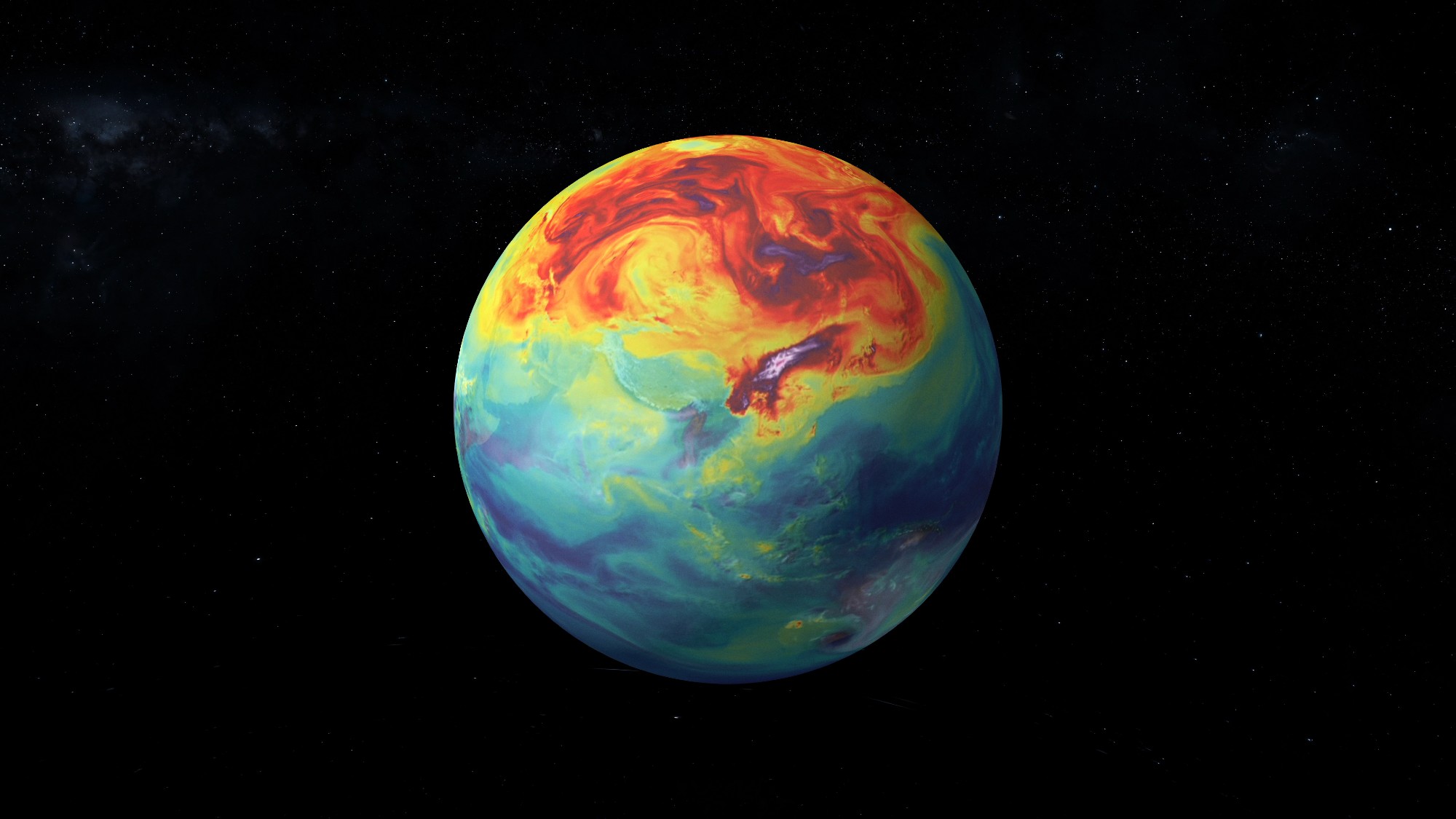 NASA is moving away from tracking climate change
NASA is moving away from tracking climate changeThe Explainer Climate missions could be going dark